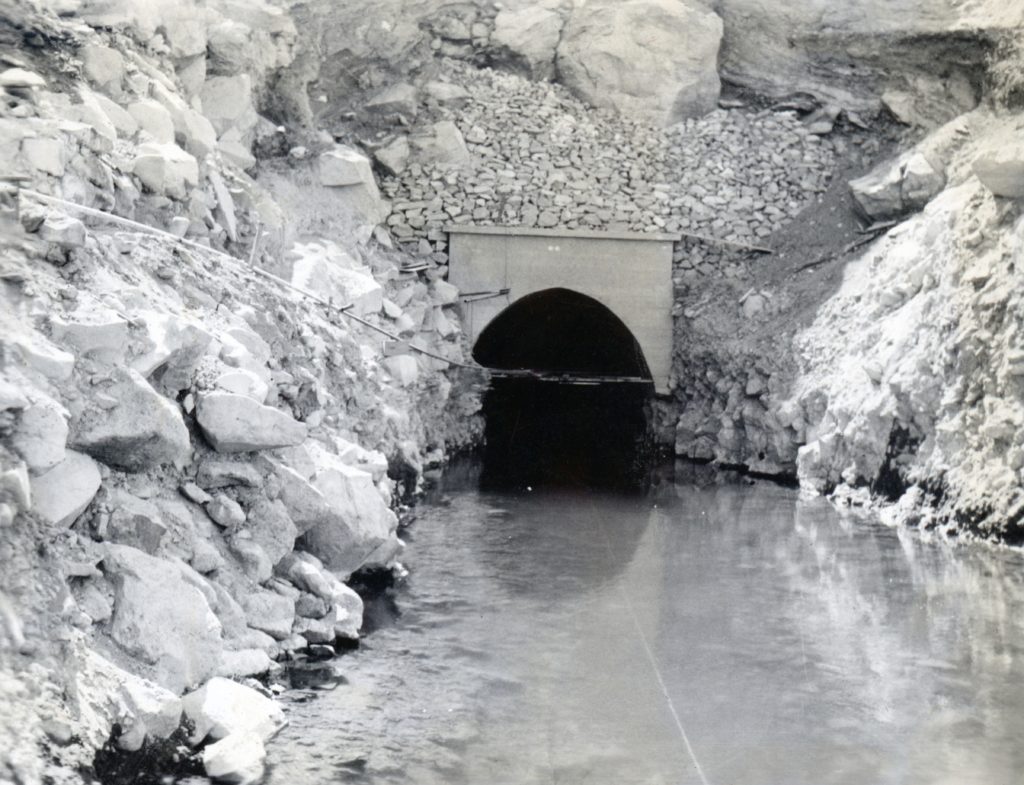
This falls under the category, “Well, it seemed like a good idea at the time.” This was the consensus many had about the issue to tap Eagle Lake by means of a tunnel to irrigate the arid sagebrush lands of the Honey Lake Valley. After all, there was a mile distance between the lake and the headwaters of Willow Creek and that creek would provide a natural channel to convey the water to the Honey Lake Valley. After all, it should be noted that Eagle Lake is California’s second largest natural lake, and back in the 1870s, the reservoirs that we have today were non-existent.
The scheme had its humble origins with Augustine W. Blair. In the summer of 1872, Blair secured three investors to finance a mile and a half long tunnel to tap the lake. He estimated the cost at one million dollars. The project went no where. However, word of this enterprise spread and the following year, Captain C.A. Merrill paid the region a visit to inspect the scheme. Merrill was so consumed with the Eagle Lake project that he would spend the rest of his life in pursuing his quest, until his death in 1901.
Merrill was not the only one who saw the lake’s potential. Nine other entities were created over the next four decades with the same intent that originated with Blair, all without success. In 1914, enter Leon Bly, a civil engineer, who was recruited by Eagle Lake property owner, Malvena Gallatin, as to whether the tapping of the lake was feasible. Gallatin’s concern had nothing to do with irrigation. The constant rising level of the lake wreaked havoc to her shoreline property. Bly agreed and was methodical in his approach. It should be noted that prior to Bly, his predecessors were under the impression that the lake had an abundant supply of water, some who went so far to proclaim the lake’s depth at 1,000 feet! In 1915, the first thing Bly did was a sounding of the depth of the lake. His revelation surprised many, when the deepest point in the lake was 105 feet.
Part Two Tomorrow